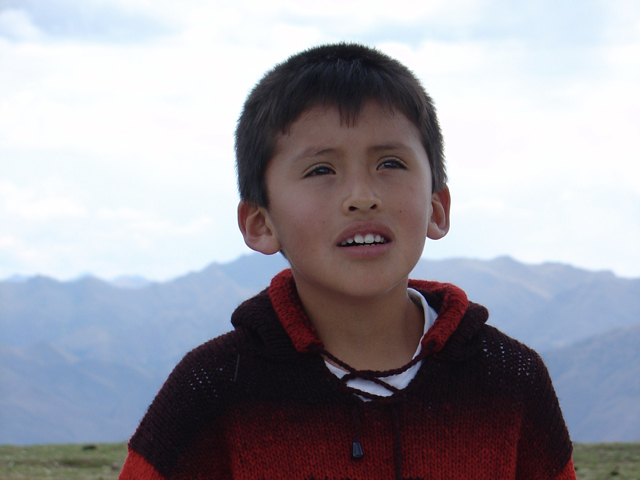DIORAMA PROJECTIONS
Bruce and Norman Yonemoto
Guest Curator Steven Lam
DIORAMA PROJECTS is pleased to announce details of our November screening featuring the video work of renowned American artists Bruce and Norman Yonemoto, guest curated by New York based artist, curator and educator Steven Lam, Associate Dean at the Cooper Union School of Art.
Bruce Yonemoto has developed a body of work which positions itself within the overlapping intersections of art and commerce, of the gallery world and the cinema screen. Many of his past works have focused on the fictionalization of Asian Americans as portrayed in Hollywood cinema. He has also created works which juxtapose cultural material from different international communities such as the Japanese American and Nipo-Brasiliero communities. His recent work deals with the discovery of the real and poetic convergence between two phenomena specific to Argentina. During his twenty-year collaboration with his brother, Norman, Bruce has been honored with numerous awards and grants from the National Endowment for the Arts, the American Film Institute, The Rockefeller Foundation, and the Maya Deren Award for Experimental Film and Video.
Steven Lam, recipient of 1a space’s first Curatorial Residency, is the curator of the exhibition Spectral Evidence and the upcoming show Against Easy Listening, which will be opening at 1a space in November 2010. He has an MFA from the University of California, Irvine and currently teaches performance and sound theory in the Art History and Theory Department at the School of Visual Arts, NYC. Lam was a Helena Rubinstein Curatorial Fellow at the Whitney Museum of American Art Independent Study Program as well as a Lori Ledis Curatorial Fellow at Rotunda Gallery, Brooklyn, and was a research curator for the Third Guangzhou Triennial (2008)
 Bruce Yonemoto, still from Sounds Like the Sound of Music, 2005
Bruce Yonemoto, still from Sounds Like the Sound of Music, 2005
Kappa, 1986, 26'
Bruce and Norman Yonemoto
Kappa is a boldly provocative and original work. Deconstructing the myth of Oedipus within the framework of an ancient Japanese folk story, the Yonemotos craft a highly charged discourse of loss and desire. Steeped in perversions and violent longings, both the Kappa and Oedipus legends are presented in highly stylized, purposefully "degraded" forms, reflecting their media-exploitative cultural contexts. In this ironic yet oddly poignant essay of psychosexual compulsion and catharsis, the Yonemotos demonstrate that even in debased forms, cultural archetypes hold the power to move and manipulate.
Vault, 1984, 11' 45"
Bruce and Norman Yonemoto
In this tour-de-force of stylized deconstruction, the Yonemotos rewrite a traditional narrative of desire: boy meets girl, boy loses girl. Using the psychoanalytic language of advertising, cinematic and television texts to tell the love story of a pole vaulter/concert cellist and a cowboy/Abstract Expressionist painter, they rupture the narrative with psychosexual metaphors and references to pop media and art. Vault, which has been termed a "deadpan homage to Bunuel's amour fou melodramas," critiques and celebrates the artifice of mass media mythologies.
Sounds Like the Sound of Music, 2005, 4' 15"
Bruce Yonemoto
Sounds Like The Sound of Music (2005) draws from two distinct and seemingly unrelated Hollywood film classics, George Lucas’ Star Wars trilogy (specifically, the Reagan-era Return of the Jedi) and Robert Wise’s 1965 musical, The Sound of Music. Both films express Hollywood’s associations to political narratives of their times: The Sound of Music dramatized Post-War nostalgia for European ideals at the dawn of the Nazi regime; and Star Wars’ depiction of the “good vs. evil” ethos surrounding the final years of the Cold-War era. These relationships to war and cultural imperialism are of great interest to Yonemoto, especially when filtered through the Hollywood entertainment machine.
Filmed in Cuzco, Peru, Yonemoto’s video recreates the opening sequence from The Sound of Music, replacing the Austrian Alps with the Peruvian Andes, the village of Salzberg with Incan ruins and Julie Andrews with a young Andean boy. Sweeping aerial views and a solitary figure accompany the soundtrack, sung by the Andean boy, a translated version of Rodgers and Hammerstein’s infective melody into the indigenous Incan language of Quechua, spoken by 13 million people throughout the Andes and South America. Yet the language is probably best known through its place in popular culture; George Lucas’ villain Jabba the Hut (an icon of “Orientalized” evil; a late-Twentieth-Century Godzilla), spoke this disappearing language.
Yonemoto’s work further complicates binary approaches to expressing post-Colonialism by incorporating many ingredients: escapist Hollywood cinema and aspirational Broadway musicals; youth culture and optimism; landscape and cultural artifact; indigenous voices and melodic universality; Europe, Asia, and the Americas; Pre-War, Post-War and Cold War. The resulting mixture is equally complex: beauty and romance, memento and memorial, personal and political.
Location
Saturday 27 November
6.00pm
2P Contemporary Art Gallery, Hong Kong
